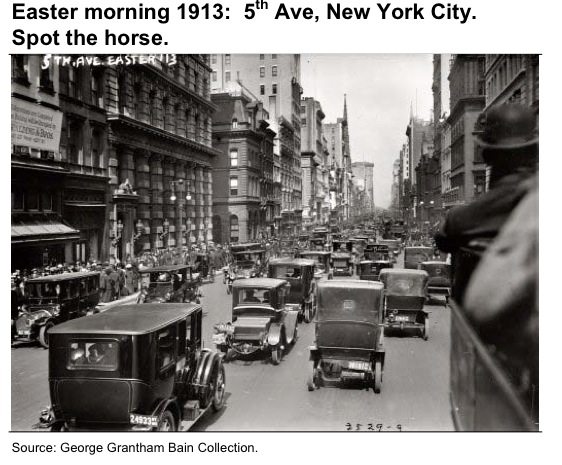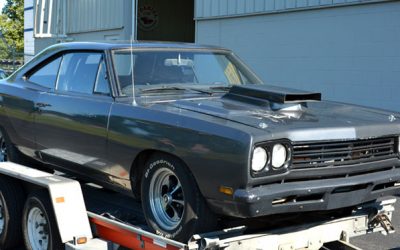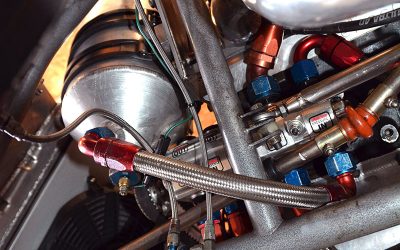Somewhere deep in the U.S. National Archives is a photograph from 1900 of New York City’s Easter Parade on 5th Avenue. Engulfed in a sea of horse-drawn carriages, there’s only one car.
Another photo from the George Grantham Bain Collection shows the 1913 NYC Easter Parade. All cars, one horse. That’s a profound change, and in only 13 years. I’ve got shirts older than that.
This demonstrates that deep disruption in technology can occur in a much shorter time span than you’d ever suspect.
I’ve written before in this column about the electric-car phenomenon, but I’d never realized how imminent it was probably going to be until I watched an excellent presentation Tony Seba (author, thought leader, serial entrepreneur, and educator) gave in Oslo, Norway last year: Clean Disruption – Why Energy & Transportation will be Obsolete by 2030 (click https://www.youtube.com/watch?v=Kxryv2XrnqM&feature=youtu.be, or go to youtube.com and search for Clean Disruption). The title should’ve included the words, “as we know it,†but that didn’t detract from its impact.
The point Mr. Seba makes so convincingly is that we’re in a similar transition right now as society begins the switch to electric vehicles (EVs). He based his analysis on the assumption that more and more EVs with a range of at least 200 miles will become available, and that their price will plummet so much that almost all new vehicles sold by 2025 will be electric — that’s only eight years away!
Lower cost isn’t the only thing that will promote the sales of EVs over those of internal-combustion-powered cars and trucks. Because electric motors deliver all their torque instantly, performance is terrific. The Tesla Model S, for instance, is just as quick 0-60 mph as any fabulously-expensive supercar. As long as the current they use is generated by clean means such as solar, wind, or hydroelectric, there’ll be no air pollution. Even if they get their amperes from coal-burning plants, the atmosphere in cities will be vastly improved. Then there’s a huge saving in fuel costs, almost as much as the price of a new car over the course of a decade or so, and, except for replacing tires and eventually battery packs, maintenance expenses will be almost nil — an IC powered vehicle has many hundreds of parts in its powertrain, whereas that Tesla only has 18 (depending on what you count).
According to Mr. Seba (see tonyseba.com), those factors make this disruption inevitable. With all due respect, however, I think he neglected to mention a few important points. Even if he’s right and all new cars will be electric in less than a decade, he doesn’t factor in the millions of internal-combustion cars that will be sold up to that point, or all the late models on the road now. Currently, the world vehicle population is over 1.2 Billion, and their projected lifespan is 10 to 19 years, depending on whose statistics you’re looking at and where you live (I still drive a 26-year-old Suburban with a 5.7L V8 and TBI). Will the owners of roadworthy cars and trucks scrap them just because EVs are available at reasonable prices? Will the cost of gasoline and diesel decline because of the reduced demand a substantial percentage of the electrics in our vehicle population will cause? If so, will people keep their fossil fuel-burning cars even longer? The answers to these questions are unknowable, but just the possibility that the price of gasoline may go way down should make PT readers happy.
Will this transition affect the high-performance and vintage-car pursuits we’re so passionate about? Probably not so much. It wasn’t that long ago that I took a ride in a Stanley Steamer with its centuries-old technology, and I didn’t see people pointing fingers at us for the big car’s excessive carbon footprint. And nobody with similar DNA to mine is going to give up the thrilling sounds of a drag car with its ragged idle and screaming, thundering acceleration without a fight. I just can’t see the whole hobby becoming socially unacceptable even in a politically-correct world, or being legislated out of existence. We may not make up a particularly large voting bloc, but we’re solid.






0 Comments